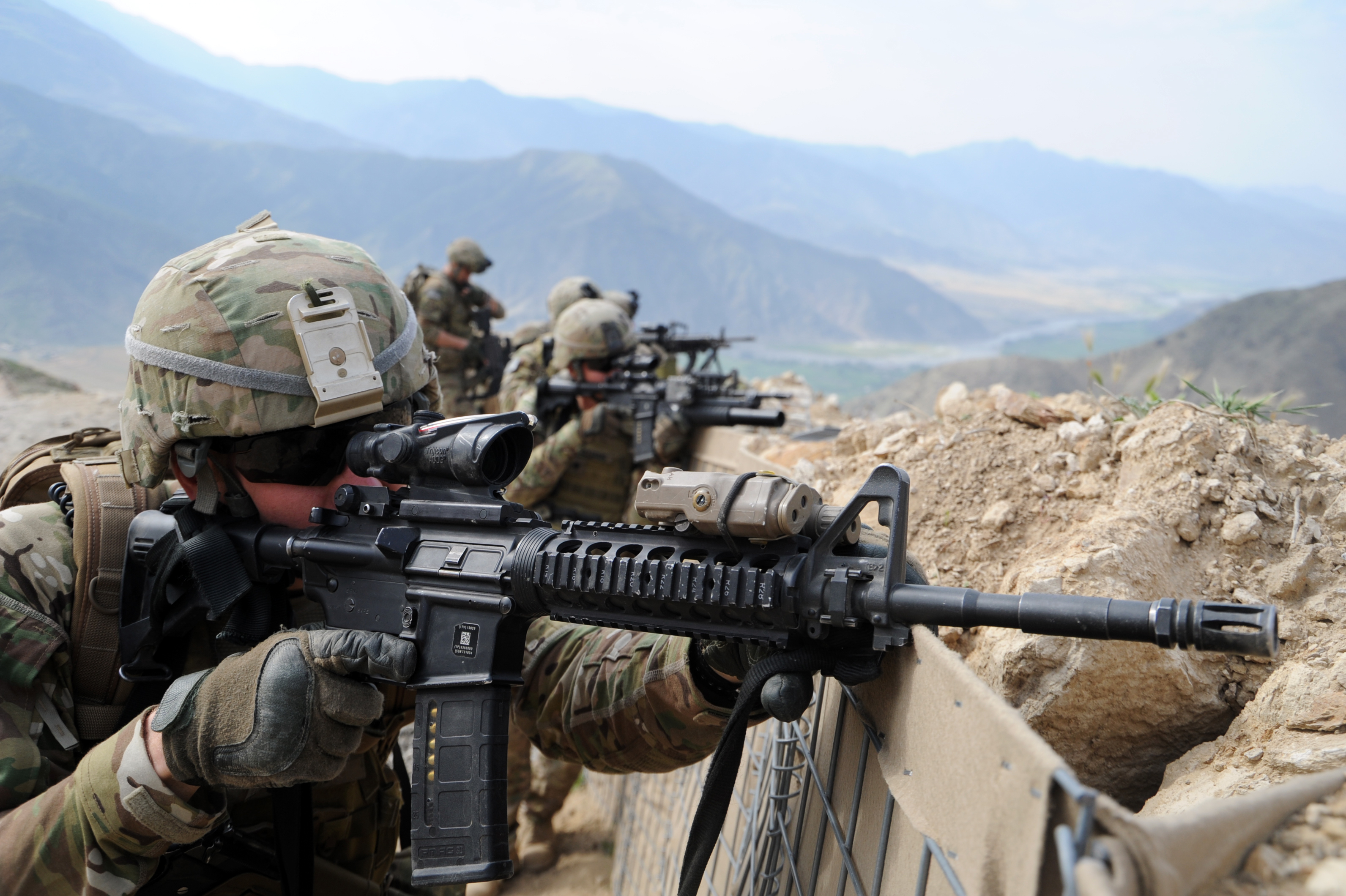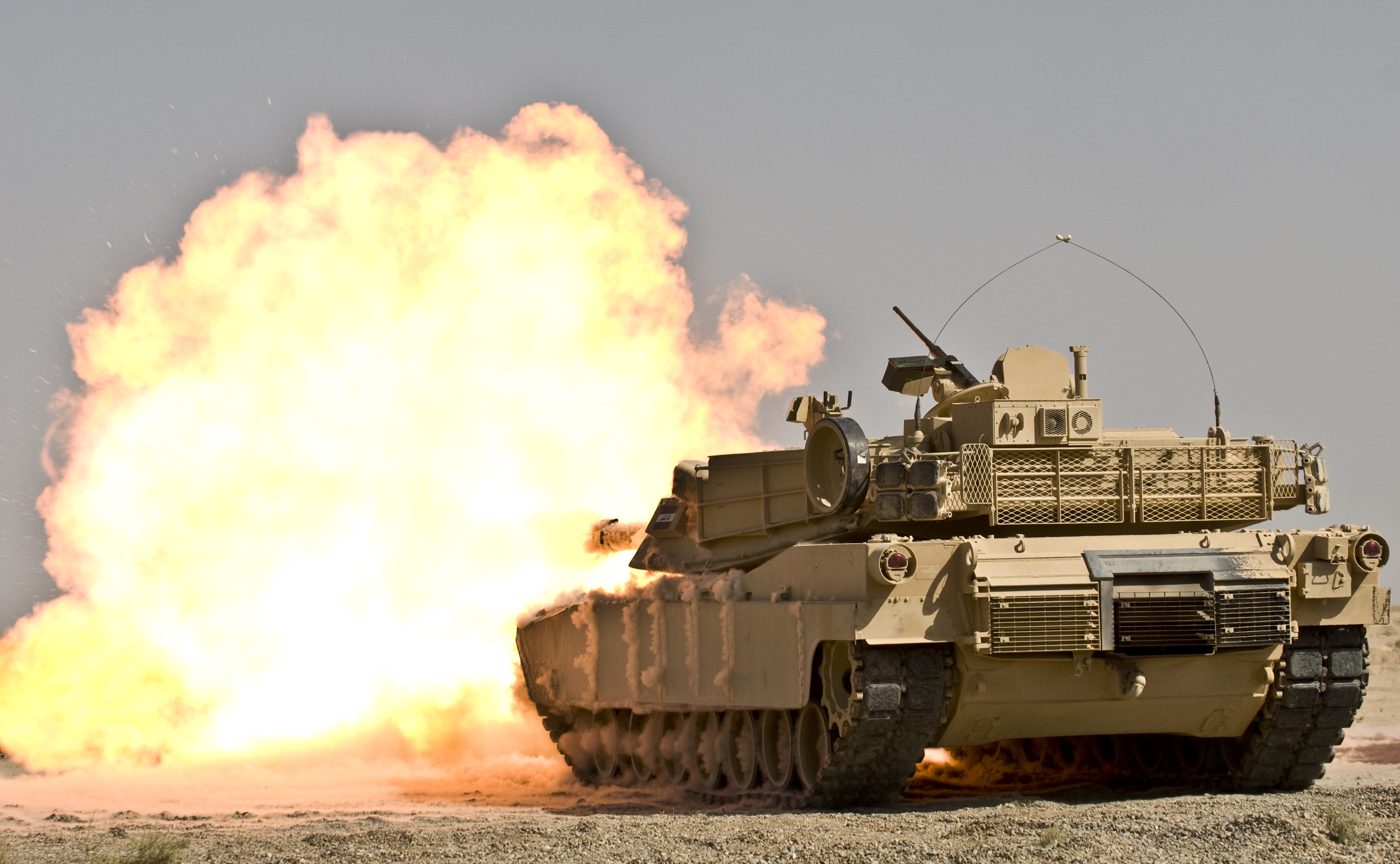11 minute read
The Salisbury Incident and the Threshold for “Unlawful Use of Force” under International Law: between Stigmatization and Escalation
By Eliav Lieblich
On 4 March 2018, former Russian spy Sergei Skripal and his daughter, Yulia, were severely injured after being exposed to a nerve agent in the UK city of Salisbury. An officer, Detective Sergeant Nick Bailey, also fell ill upon exposure to the substance. While only Mr Skripal and his daughter remain hospitalized as of today, dozens of others might have been put at risk by the agent.[1]
The UK has claimed that it was “highly likely” that Russia was behind the attack. This allegation was based mainly on the claim that the agent (allegedly Novichok) was Soviet developed; that Russia had the motive to target Skripal; and that the action was “consistent with a well-established pattern” of Russian behavior. Significantly, in a 13 March address in the House of Commons, British PM Theresa May warned that should Russia fail to provide a credible response to the allegations, the UK “will conclude that this action amounts to an unlawful use of force by the Russian State against the UK.” Russia firmly denies any involvement in the attack. Currently, the incident is being investigated by the Organisation for the Prohibition of Chemical Weapons.
PM May’s choice of the phrase “unlawful use of force” sparked a flurry of online commentary by international lawyers, and rightly so. Article 2(4) of the UN Charter, which prohibits inter-state use of force, is viewed as the cornerstone of the modern international legal system. Understandably, an allegation that force has been used between permanent members of the UN Security Council is a major world event. Furthermore, if a use of force crosses the threshold of an “armed attack,” forcible self-defense might be permitted under Article 51 of the Charter.[2] (More on the distinction between “use of force” and “armed attack” shortly.)

“PRT Kunar SecFor element rebuffs enemy attack” DVIDSHUB. Used under: https://creativecommons.org/licenses/by/2.0/
The main question that vexed international lawyers was whether the Salisbury incident could be considered a “use of force” in the legal sense to begin with. In other words, the question is whether there is a “gravity threshold” for force under Article 2(4), or alternatively, the Article captures all forms of inter-state violence.[3] Leading commentators, such as Tom Ruys, reject the existence of such a threshold, mainly on the basis of the letter of the law, some state practice, and policy considerations which I mention briefly in a moment (we can call this “the inclusionary approach”). Accordingly, they conclude that the Salisbury incident would be an unlawful use of force, if it was proven that a state was behind it.
Others, however, such as Mary Ellen O’Connell, argue that small scale uses of force do not, and should not, be considered as “force” for the purpose of Article 2(4)[4] (“the exclusionary approach”). O’Connell, for instance, worries that if Article 2(4) would encompass even minimal uses of force, an unwarranted expansion of the right to forcible self-defense would follow. On this view, relatively minor incidents such as Salisbury are infringements of national sovereignty – and violations of the human rights of the victims – but not “force.” Simply put, they are not the type of acts envisioned when thinking of “use of force” under the Charter. These, the argument goes, must include some form of military-like actions, not undercover acts by secret agents.
To Ruys, however, the opposite is true. To him, it is the same concern about the possible expansion of the right to use force, that calls for an inclusionary interpretation of Article 2(4). To understand this, a few words on the international law on the use of force are needed. In terms of black letter law, Article 2(4) of the UN Charter prohibits the “use of force,” while Article 51 recognizes an exception to this prohibition, only when an “armed attack” occurs. Significantly, under the International Court of Justice’s landmark Nicaragua ruling, not all uses of force under Article 2(4) necessarily constitute “armed attacks” under Article 51.[5] This is the “Nicaragua Gap:” some prohibited uses of force do not give rise to the right of forcible self-defense, but only to lawful responses that do not amount to uses of force themselves (countermeasures). Now, if the exclusionary approach is accepted, and some minor forcible actions are not “uses of force” to begin with, the result would be that such minor forcible actions could be lawful countermeasures for violations of international law, even if these violations are not armed attacks.
In sum, as Dapo Akande points out, both positions argue that the other is too permissive on the use of force: the inclusionary position claims that excluding minor uses of force would result in a wide permission to employ them as a lawful responses; the exclusionary position, conversely, is worried that inclusion would open the door to a wider right of self-defense: indeed, once something is deemed an unlawful use of force, the argument that self-defense is (or should be) permitted is just around the corner.[6]
How should we think about this question normatively? Beyond the above, there is scarce engagement in the literature with this question. In the remaining part of this post, I want to offer some considerations that should, perhaps, inform this inquiry. Naturally, the discussion here cannot exhaust the debate, but would hopefully point the direction for further analysis.

“A new generation of tanker for a new generation of Iraqi military” DVIDSHUB. Used under: https://creativecommons.org/licenses/by/2.0/
First, do the ethics of war distinguish between different levels of force? Unsurprisingly, this issue is disputed. Some just war theorists, in line with their general view that “war” is a unique condition, argue that minor uses of force should be guided by different normative considerations (jus ad vim) than those that govern large scale force (jus ad bellum). The idea of jus ad vim could fit with the exclusionary position, which applies to minor uses of force different legal frameworks (such as the international law of countermeasures). But this position is far from accepted. Some “revisionist” just war philosophers – who by and large reject “war” as a separate moral category – claim that the category of jus ad vim is redundant, since the principles of jus ad bellum are perfectly adequate to capture all uses of force, minor or major. On this view, legal categories that distinguish between levels of force might serve, perhaps, a useful regulatory purpose, but they do not carry moral significance in and of themselves. At the end of the day, each and every use of force – small or large scale – should be judged in light of the same well known moral principles of jus ad bellum.
If we are convinced by the latter position, we are left with the question of the possible regulatory purposes – or legal policy – that should guide the selection of either the exclusionary or inclusionary approaches to Article 2(4). The question here, I think, is one instance of the dilemma concerning the desirability of categorizing comparable behaviors on a scale of gravity. One well known example is the distinction, in some legal jurisdictions, between degrees of murder, and between murder and manslaughter. All involve killing, but law still places them in different categories.
“… if the unlawful use of force would include even the most limited acts of violence, we might trivialize the especially grave nature of the prohibition on force. With trivialization comes normalization…”
What might be the purpose of such categorizations? In criminal law, one obvious purpose is to differentiate behaviors by levels of social wrongfulness, which also affects the gravity of punishment. Another purpose is to incentivize transgressors that have crossed one threshold, not to cross the others. If crossing the minimum threshold for an offense would automatically place the transgressor in the gravest category of offenses, there would be no legal incentive to refrain from “going all the way”. Another purpose is expressive: placing especially wrongful actions in a different category enhances their social stigmatization and, perhaps, their unacceptability.
Does categorization work the same in the regulation of inter-state behavior? Here, the issue is more complicated, since in contrast to domestic criminal law, the two most common forms of enforcement in the decentralized system of international law are social sanctioning (inflicting legitimacy costs) and self-help. When considering the desirability of a legal threshold for “use of force,” this realization pulls us in opposite directions. On the one hand, the centrality of social sanctioning pushes us to stigmatize all uses of force, as being prohibited under Article 2(4). Indeed, if a central purpose of international law is to prevent unilateral resorts to force, it should be made clear that any force is a violation of a norm of utmost importance. On this view, leaving incidents such as Salisbury as mere violations of sovereignty (or of human rights), simply doesn’t capture the gravity of their wrongfulness.

Yet, the problem here is that at some point, overinclusion achieves the opposite effect. Consider, for instance, the famous distinction in the UN Convention Against Torture between “Cruel, Inhumane and Degrading Treatment (CID)” and “Torture.” The separate category of CID makes sense because, arguably, if every form of police violence would constitute “torture,” the special gravity of the term would lose its stigmatizing power. Similarly, if the unlawful use of force would include even the most limited acts of violence, we might trivialize the especially grave nature of the prohibition on force. With trivialization comes normalization: if violations of Article 2(4) would no longer be momentous occasions in international law, the power of the prohibition will also diminish.
Let’s assume, however, that the benefits of stigmatization outweigh the costs of trivialization. Still, the discussion would not end here. This is because in contrast to domestic scenarios, the predominance of self-help in international law requires us to consider the potential of escalation: the same stigmatization of a conduct can be used to legitimate a severe response, which would then generate a counter-response. For instance, it is fair to ask whether the UK’s designation of the Salisbury incident as a “use of force” by Russia, would serve more to deter states from similar actions than to increase the probability of an armed confrontation in the near future.[7] To sum this point, it seems to me that the desirability of a threshold of “use of force” under Article 2(4), hinges on the dynamics between stigmatization and de-escalation in a decentralized legal system.
In my eyes, this sheds light on the merits of inclusive approach, especially when read in light of the overall structure of the current international law on the use of force. How so? By including small scale uses of force under Article 2(4), these actions are properly stigmatized as especially grave acts. But what about trivialization, on the one hand, and escalation, on the other? While these costs cannot be overlooked, they are countered, I think, by the sometimes maligned Nicaragua Gap. While the use of force might be trivialized somewhat by the inclusionary approach, the additional armed attack threshold ensures that the gravest forms of force are not. Similarly, while a broad reading of Article 2(4) might enhance the risk of escalation, a firm insistence on the armed attack threshold, as a condition for any forcible response, can nip escalation in the bud.
What still has to be reckoned with is that to accept any of this, we need to assume law’s enduring potential to affect the perceptions of powerful actors. Sadly, the current international atmosphere casts increasing doubt that this is so. But this is another matter altogether.
[1] See timeline of events a thttp://www.bbc.com/news/uk-43315636/.
[2] Notably, the UK itself refrained from designating the Salisbury incident as an “armed attack.” Moreover, even if events of this scale could be considered armed attacks – which is disputed – in the vast majority of cases they will be over and done with by the time they are identified, with no prospect of immediate continuity. Under these circumstances, it is highly doubtful whether in any case, a forcible response here could satisfy the necessity condition under the international law on self-defense.
[3] For a helpful survey of the legal consequences of designating the Salisbury attack as a “use of force” see Dapo Akande, The Use of Nerve Agents in Salisbury: Why does it Matter Whether it Amounts to a Use of Force in International Law? EJIL: Talk! (17 March, 2018), https://www.ejiltalk.org/the-use-of-nerve-agents-in-salisbury-why-does-it-matter-whether-it-amounts-to-a-use-of-force-in-international-law/comment-page-1/
[4] See also Marc Weller, An International Use of Force in Salisbury, EJIL: Talk! (14 March, 2018), https://www.ejiltalk.org/an-international-use-of-force-in-salisbury/
[5] Military Aid and Paramilitary Activities in and Against Nicaragua (Nicar. V. U.S.), 1986 I.C.J. 14, ¶191.
[6] As some states, notably the US, already argue. See Tom Ruys, “License to Kill” in Salisbury: State-Sponsored Assassinations and the Jus ad Bellum, Just Security (15 March, 2018), https://www.justsecurity.org/53924/license-kill-salisbury-state-sponsored-assassinations-jus-ad-bellum/.
[7] Notably, Russia has responded to the UK’s allegation as no-less than a “threat to a sovereign State.”
Disclaimer: Any views or opinions expressed on The Ethical War Blog are solely those of the post author(s) and not The Stockholm Centre for the Ethics of War and Peace, Stockholm University, the Wallenberg Foundation, or the staff of those organisations.


